- 82 Posts
- 411 Comments
Yes. 1TB SSDs can be bought new for 50€, 500GB for even less. For some people this is expensive depending in the region (e.g. I also know someone who uses an HDD). But given the price of other pc parts it isn’t something to cheap out on (a 1TB/2TB HDD is also 50€).
Global hotkeys have been addressed on KDE, but no applications actually support it — one of the reasons being that no other desktops support it. Typical chicken-egg problem.

 3·1 month ago
3·1 month agoAnalogue likely doesn’t emulate the hardware at the transistor level, as it’s far more difficult than doing what most software emulators do.
From an interesting (altough non-conclusive) HN-thread [1].
Without seeing the code, it’s impossible to know where Analog’s implementation falls on the spectrum of software emulation vs hardware simulation. There is nothing magical about FPGAs that automatically makes anything developed with them a 1:1 representation of real hardware. In fact, there are plenty of instances where the FPGA version of a particular console is literally just a representation of a popular emulator only in verilog/vhdl. In many instances, even the best FPGA implementations of some systems are still only simulating system level behavior. Off the top of my head, one famously difficult case is audio, where many chips have analog circuitry that cannot be fully simulated.

 54·1 month ago
54·1 month agoAgreed. Being able to customize all elements of the top bar is one of the great things about Firefox.
I don’t see a reason why it shouldn’t be possible to remove newly added elements. Even the “Open a new tab” button can be removed, as well as the recently added “View recent browsing across windows and devices” button.

 2·1 month ago
2·1 month agoIIRC the acceleration curves supported by Sway are the same as libinput, at least that’s how I understood the poor pieces of Dokumentation I found [1]. I don’t think think libinput supports offsets and upper limits, so it’s not really useful for gaming.
I’d recommend going with leetmouse, which does work well (altough I don’t use it anymore).
leetmouse by systemofapwne is more up to date and includes the PR of N-R-K [2].

 2·1 month ago
2·1 month agoI agree that there are many great free streaming sites out there, with 1080p and good quality.
But quality is still an advantage of paid services (or acquirung the larger files in other ways). Streaming with higher bitrate costs way more bandwidth (= money) while being marginally better.
It’s noticeable though, if you have a good, large enough display. Especially darker scenes suffer from low bitrate. On my phone I don’t notice it at all.
That’s even true for high bitrate. E.g. I’ve even compared a Reacher WEB-DL to BluRay remux, and the latter was noticeably better — not that it’s worth the additional storage usage.

 5·1 month ago
5·1 month agoWhat RAID system did you use which corrupted your data on power loss? With software raid like zfs I believe corruption on power loss shouldn’t be a problem (unless the hardware fails. Or your using btrfs raid 5/6, ignoring all warnings).
Edit: For this reason I’m looking into buying another drive for an offline backup of my media files. I could redownload them, but it’d be increasingly more annoying.

 31·1 month ago
31·1 month agoIf VPN’s actually won’t be able to protect its users from copyright claims anymore, there’ll still be anonymisation networks like I2P (at least so long as encryption isn’t banned).
Yes, it’s slow atm, but if it was included in more torrent clients and enabled by default, speeds would likely get better.

 3·1 month ago
3·1 month agoIf you want better speeds and quality I recommend looking into TorrentLeech, FearNoPeer and similar private trackers.
Sometimes BluRay remuxes aren’t available or well seeded on public trackers, while they aren’t even counting against your upload/download ratio on the above trackers (On TL, FNP big torrents are freeleech).

 1·1 month ago
1·1 month agoWhat is the video bitrate of movies/shows in the share? Does it support transcoding or are they only doing direct stream?
I’m curious because OP wants higher quality and to save space I’m usually using similar bitrate as commercial streaming services for my media library.

 12·2 months ago
12·2 months agoThis does not apply to difficult projects like emulators.
E.g. suyu, a yuzu fork, does not seem to get much development. Most of the changes are build or documentation related. [1]
Those emulators will work fine for the currently supported games, but without new competent people (trying to stay anonymous), I don’t see how these emulators will improve.

 16·2 months ago
16·2 months agoMost people using these sites prefer the lossless codec flac anyway, which can be transcoded to anything.
MP3 320kbps and MP3 V0 is transparent to most (all?) people, so there’s not much of a reason to go with a newer codec, except for space savings.
There’s not even much of a reason to go with 320kbps, as V0 achieves the same quality with smaller files. That’s why almost nobody actually downloads MP3 320.
I personally think MP3 is there for historical reasons, as I don’t see a reason for using lossy codecs for archiving purposes. Just download flac and transcode it once or on demand on a media server for streaming.

 2·2 months ago
2·2 months agoNot natively, as far as I know. NTFS works well on Linux for the most part (unless you need permissions), but macOS natively only supports reading.
FAT32 is universally well supported, but the partition size limit and 4GB file size limit make it unusable for me.
Linux filesystems as well as macOS filesystems aren’t supported natively anywhere else, so ExFAT it is.

 16·2 months ago
16·2 months agoExFAT does make sense, since it’s the only filesystem which supports read and write on all major OS. Sadly it’s also pretty basic, and thus not the first choice on any OS - except for USB sticks.
I generally recommend formatting any new storage media before using it. Just to make sure it’s properly formatted to work with my machine, and the manufacturer didn’t mess up their implementation for some reason.

 5·2 months ago
5·2 months agoWhat format did the drive use? HFS+?
Blocking incoming traffic and accepting outgoing traffic is usually the default for distributions anyway.
There’s an issue with posts about which games work and which don’t.

 12·2 months ago
12·2 months agofclones is fast and supports hardlinking/softlinking of duplicates instead of removing them.
I’ve used it successfully to deduplicate my documents folder (and “archive”).
As its quite the amount of data, I recommend using the
--cacheoption to make subsequent runs way faster, if you want to dial in the options. This directory can be deleted at any point and isn’t necessary.

 1·2 months ago
1·2 months agoIt’d be great of this meant SR-IOV for all GPUs, but this seems like it only allows for sharing of a GPU to multiple guests. And even then, with most of the driver being on the GPU this might not help regular consumer GPUs at all (features being disabled in firmware). But I really don’t know anything about what this actually means.




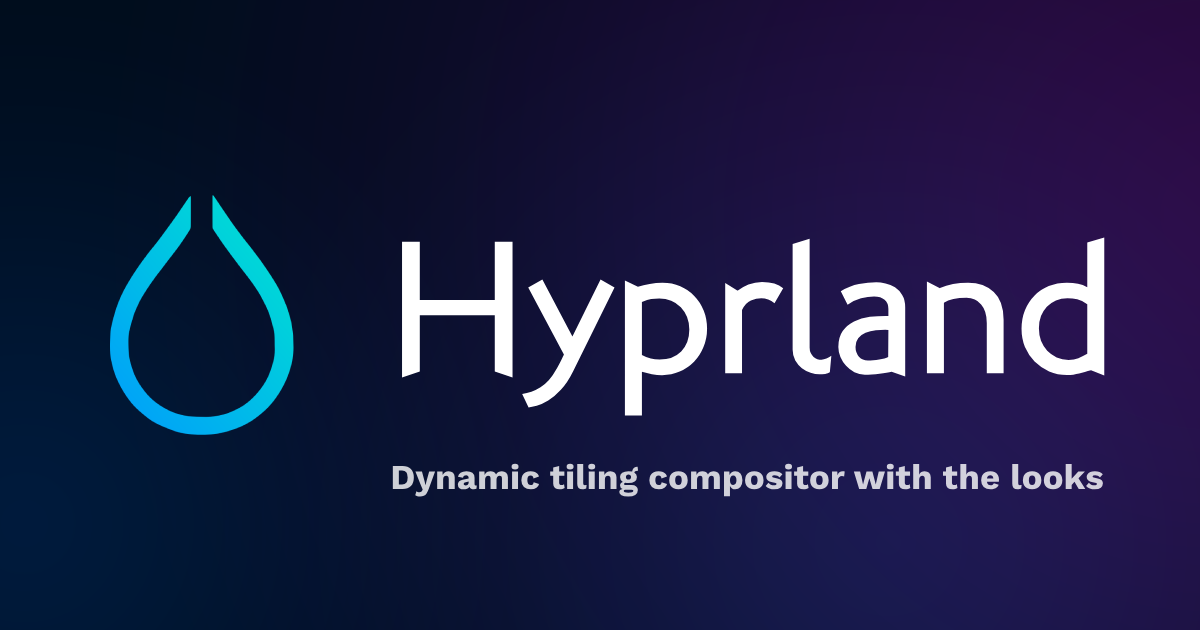

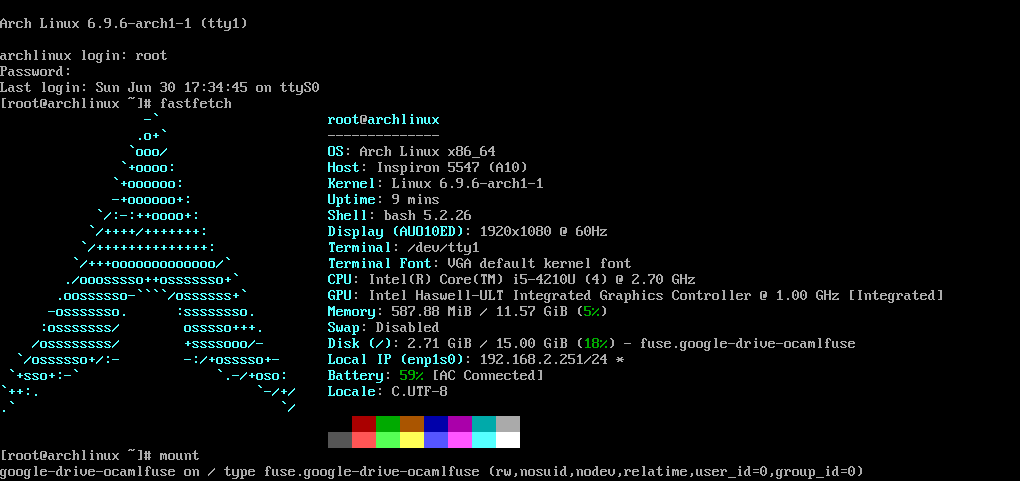
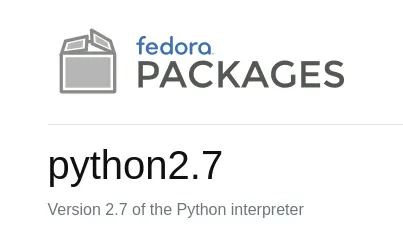
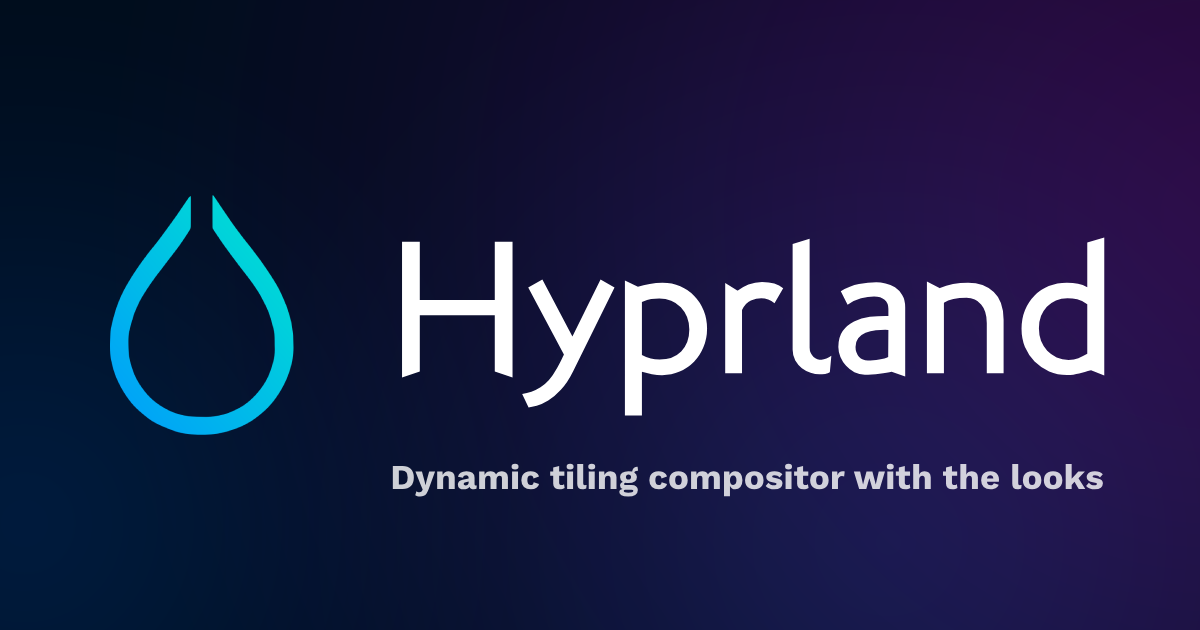



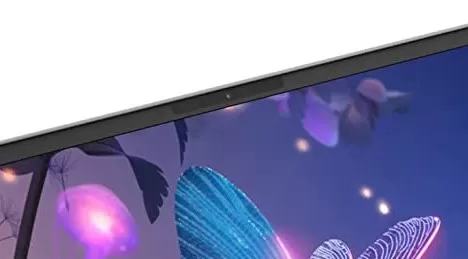
It’s difficult to know how much of a difference it makes, but I also think it’s at least a reason. Given Nintendo is also going after sites like Vimm’s Lair, which does not host recent consoles ROMs, it’s not the only reason.